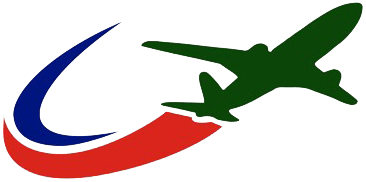In this WP, structured in the form of four major thematically-oriented tasks, data analysis, simulations, control algorithms and experimental tools will be employed to the following ends:
- to develop an understanding of the impact of energetic outer-layer structures on the turbulence structure of the buffer layer, and thus to gain insight into the origins of the observed Reynolds-number-dependence of drag-reduction margins; and
- to examine the effectiveness of numerical and experimental methodologies designed to influence (force) the outer structures, with the potential to counter-act the rate of decline in drag-reduction margins at increasing Reynolds numbers.
- To investigate specific actuation methods for geometries and in flow conditions that approach those encountered in industrial applications.
The rationale of this WP is rooted in the need to answer the critical question of whether the energetic super-structures in the outer (log-) layer affect the drag-reducing mechanisms in the viscous sublayer, and if so to what extent. This question is the subject of current debate and fundamental research at the leading edge of drag-reduction science, because it impinges on the usefulness of active drag control at high Reynolds numbers and ultimately flight conditions.
Thus, the first strand of WP3WP4 is devoted to a fundamental examination of the turbulence mechanisms involved in the interaction between the outer and inner structures in actuation conditions that are sufficiently simple to be free from potentially obscuring influences of peripheral issues. Specifically, existing DNS databases for actuated channel flows, at friction Reynolds number of up to 1600, will be analysed by a variety of statistical tools to separate outer large-scale motions from inner-layer small-scale motions. The response of the streaks and quasi-streamwise vortices in the viscous near-wall layer will be examined in phase space, during the actuation cycle, to try to understand the extent to which foot-printing and streak modulation by outer large-scale motions influence the damping, re-orientation and re-generation of the streaks as a consequence of the unsteady strain during the actuation cycle. This part of the work is specifically designed to gain clarity on the influence of the Reynolds number on the effectiveness of wall-induced periodic in-plane actuation.
In the second strand of WP4 , a limited range of new DNS and highly-resolved LES will be performed for channel flow, and associated optimal-control algorithms will be applied, to investigate the effectiveness of forcing the outer structures in particular ways, with the ultimate objective of attenuating the drag-generating mechanisms in turbulent boundary layers.
In the third strand of WP3WP4 , measurements and experimentally-based evaluations will be made with wall-embedded synthetic jets in low-speed boundary-layer tunnels which is a practical method designed to emulate forcing by wall motion. The jets will be implemented in such a way that they induce perturbations in, and disrupt, the larger outer structures. The experiments will be carried out over a range of Reynolds numbers so as to enable validation of DNS computations and to support Reynolds-number scaling.
In the fourth strand of WP3WP4 , experience derived and lessons learned in the third strand will be exploited in guiding investigations on geometries and in flow conditions that are closer to industrial practice. In particular, selected synthetic-jet configurations will be investigated, computationally and experimentally, in conditions that are representative of those encountered in aeronautics and turbomachinery. A critical question to address at this stage will be whether the inevitable disruption of processes in the viscous sublayer, as a consequence of the wall-embedded synthetic jets, more than neutralizes the benefits derived from controlling the outer structures.
